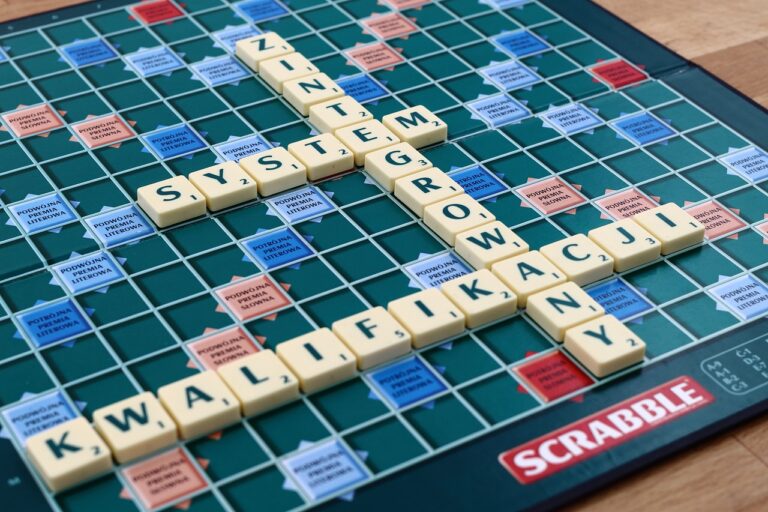Strategies for Building Effective Learning Communities
gold bet, tiger exch login, betbook250:Building effective learning communities is crucial for fostering collaboration, engagement, and support among students and educators. In today’s digital age, creating a sense of belonging and connection within a learning environment is more important than ever. By implementing various strategies, educators can facilitate the development of a thriving learning community that enhances student success and achievement.
1. Establish clear goals and expectations: Setting clear goals and expectations from the outset is essential for building a strong foundation for a learning community. Communicate these goals and expectations to students and provide them with a clear understanding of what is expected of them in terms of participation, collaboration, and behavior.
2. Encourage communication and collaboration: Foster open communication and collaboration among students by providing opportunities for group work, discussions, and peer feedback. Encouraging students to work together promotes a sense of community and helps them develop important communication and collaboration skills.
3. Create a supportive learning environment: Cultivate a supportive and inclusive learning environment where students feel comfortable sharing their thoughts, ideas, and concerns. Encourage empathy, respect, and active listening among students to promote a positive and welcoming atmosphere.
4. Utilize technology effectively: Leverage technology to facilitate communication, collaboration, and engagement within the learning community. Use online platforms, such as discussion boards, group chats, and video conferencing tools, to connect students and provide opportunities for virtual interactions.
5. Provide opportunities for reflection and feedback: Encourage students to reflect on their learning experiences and provide feedback on the teaching methods and content. By soliciting feedback from students, educators can gain valuable insights into how to improve the learning community and support student growth and development.
6. Celebrate successes and milestones: Recognize and celebrate the achievements and milestones of individual students and the learning community as a whole. Acknowledging students’ accomplishments helps build morale, motivation, and a sense of pride in their work.
7. Foster a sense of belonging: Create a sense of belonging within the learning community by emphasizing the importance of diversity, inclusion, and mutual respect. Encourage students to embrace their unique identities and backgrounds while also fostering a sense of unity and cohesion among the group.
8. Cultivate a growth mindset: Promote a growth mindset among students by encouraging them to embrace challenges, learn from failure, and persist in the face of obstacles. By fostering a growth mindset, educators can help students develop resilience, perseverance, and a passion for continuous learning.
9. Provide mentorship and support: Offer mentorship and support to students by connecting them with peers, educators, and professionals who can provide guidance, advice, and encouragement. Mentorship programs can help students navigate challenges, set goals, and navigate their academic and personal journeys.
By implementing these strategies, educators can build effective learning communities that enhance student engagement, collaboration, and success. By fostering a sense of belonging, communication, and support, educators can create a positive and inclusive learning environment where students can thrive and achieve their full potential.
FAQs
Q: How can educators promote collaboration within a learning community?
A: Educators can promote collaboration by providing opportunities for group work, discussions, and peer feedback. Encouraging students to work together can help build a sense of community and develop important collaboration skills.
Q: What role does technology play in building effective learning communities?
A: Technology can facilitate communication, collaboration, and engagement within a learning community. Online platforms, such as discussion boards and video conferencing tools, can help connect students and provide opportunities for virtual interactions.
Q: How can educators support student growth and development within a learning community?
A: Educators can support student growth and development by providing opportunities for reflection, feedback, and mentorship. By offering guidance, encouragement, and support, educators can help students navigate challenges and achieve their academic and personal goals.







